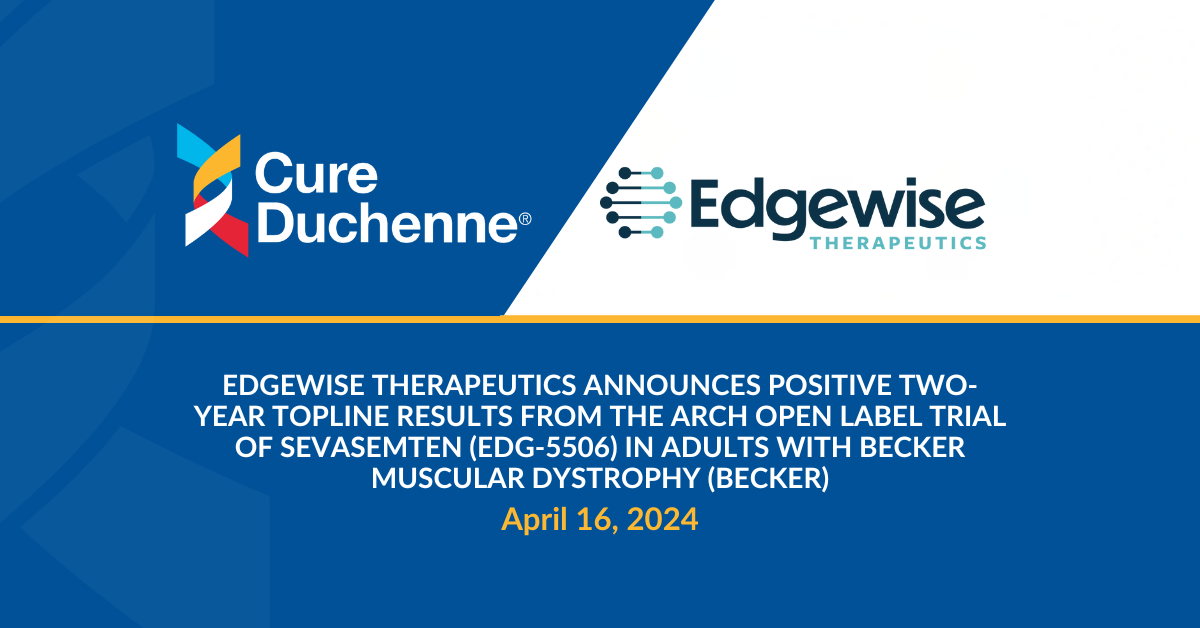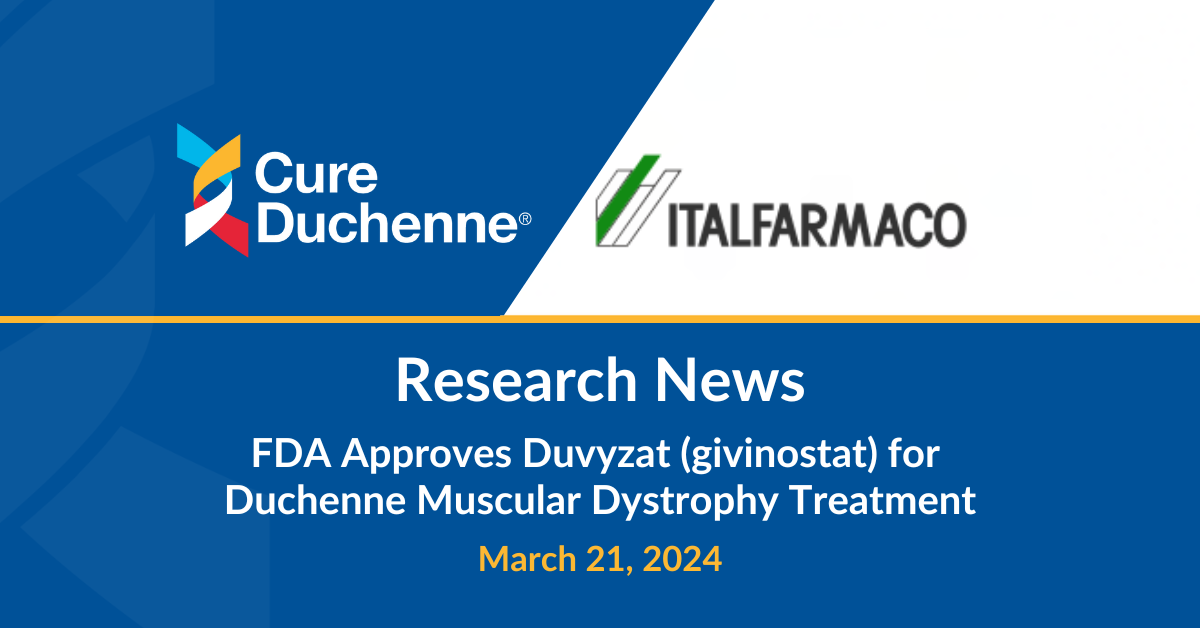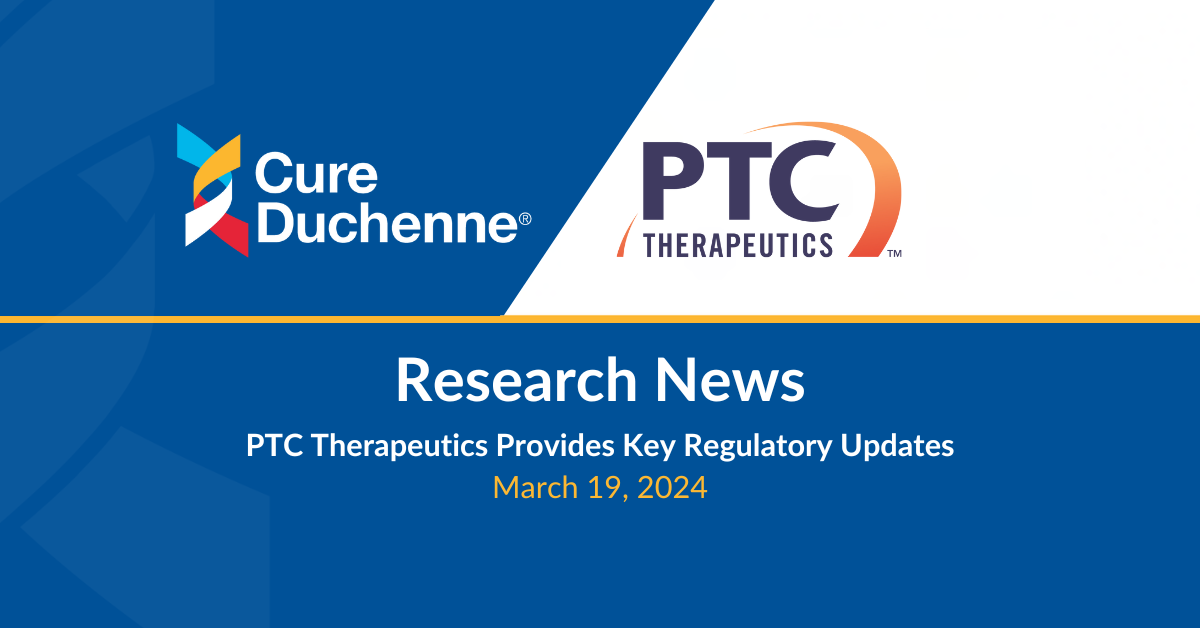nNOS: How Important is it in Duchenne?
nNOS has been in the news lately so we asked CureDuchenne’s chief scientific advisor, Dr. Mike Kelly to answer a few questions. 
Question: what is nNOS and why do we need it?
nNOS stands for neuronal nitric oxide synthase; its function is to produce nitric oxide and when needed, (in a simplistic view) help increase blood flow in muscle.
Question: Can dystrophin function without nNOS?
The question addresses the importance of nNOS in the overall function of dystrophin; i.e. put another way – is it still beneficial to have dystrophin present even if it lacks a nNOS binding site? The answer is yes.
Dystrophin is a large and complex molecule that has a myriad of functions and roles: only one of which is to act as a scaffold and binding partner for nNOS. The dystrophin-nNOS binding site resides in a specific region between exons 42 and 45; if these exons are missing it will severely impact NOS binding and function. Dystrophin will continue to stabilize the membrane and help assemble the all-important glycoprotein complex, even when it lacks a nNOS binding site.
Question: Are there any examples from patients (phenotypic data) in which dystrophin is present and nNOS is likely absent?
A number of databases list the genotype/phenotype data for a significant number of patients who have mutations in the nNOS binding region of their dystrophin. As it turns out, the in-frame deletions are Becker-like in each case.
Deletion of 42-44 is a BMD (n=1)
Deletion of 43-44 is a BMD (n-=1)
Deletion of 45-47 is a BMD (n>200)
Deletion of 45-48 is a BMD (n>150)
Deletion of 45-49 is a BMD (n>45)
An out-of-frame deletion will likely lead to Duchenne. Therefore, the advantage of having a novel dystrophin protein present (even though it may lack an nNOS binding site) is clearly preferable to having no dystrophin.
Question: Can we compensate for a lack of nNOS in muscles?
One of the roles of NOS is to help increase muscle blood flow (during exercise for example), and recent research has examined nNOS deficiency in mdx mice, as well as DMD and BMD patients. The early results (https://stm.sciencemag.org/content/4/162/162ra155.short) suggest that nitric oxide generating drugs (such as Cialis and Viagra) can help compensate for the loss of nNOS, and point the way to further clinical studies and possible new targets for treating the disease.




